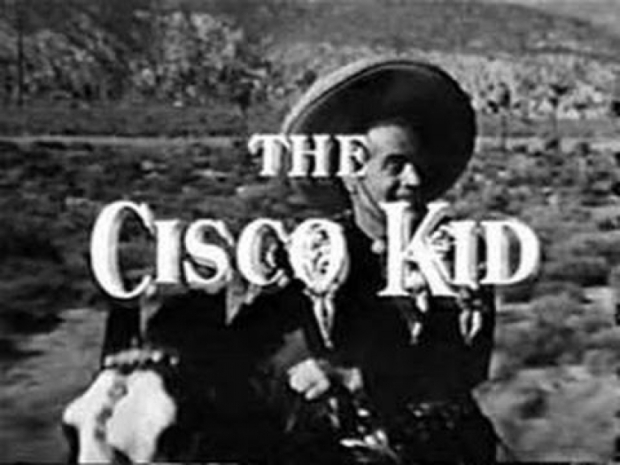While Cisco is doing well, investors feared that its steady operations could lead to a slow-motion descent into obsolescence in an industry that can be brutal to anyone who falls a half-step behind. One example was Microsoft which saw a decline, which began about the same time as Cisco's, was largely the result of a progression of disappointing products. That began to change in 2014, when new Chief Executive Officer Satya Nadella started selling tons of copies of popular software such as Excel and Word as subscription services rather than one-time purchase products and built a formidable cloud computing division.
Chuck Robbins has held his job as Cisco's CEO just one year less than Nadella. In recent months, he's begun to insist that his company has finally reached its inflection point. Cisco acknowledged years ago that it had failed to capitalise on the chance to build the initial infrastructure for cloud computing, says Robbins, and responded with a significant, if slow-developing, overhaul of its strategy.
"We were going to build technology for the next transition. We did that. Now we're seeing the benefit."
He said that Cisco's initial problem was partially a lack of flexibility. When Amazon, Google, and Microsoft began building cloud computing data centres, they wanted components, software, and machines that were tailored to their needs.
Cisco insisted on selling the same expensive, uncustomisable equipment that was always the core of its business. The burgeoning cloud companies were extremely happy to take their business elsewhere.
Robbins can point to significant changes during his six-year tenure. Cisco has made a string of acquisitions that have turned it into one of the top 10 software companies in the world by revenue. Software and services have surpassed hardware and now make up more than half of Cisco's revenue. Its expected future revenue for outstanding fees from these products totals $30 billion.




